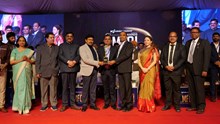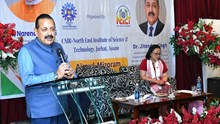
GST Council has approved major tax reforms for the fisheries sector, providing relief across the entire value chain. Announced during its 56th meeting on September 3, 2025, the reforms reduce GST on a wide range of products and inputs, including fish oils, prepared or preserved fish, aquaculture equipment, chemicals, and fishing gear, to just 5 percent, down from the earlier rates of 12 to 18 percent.
The move is expected to significantly lower operational costs for fish farmers, aquaculture operators, and small-scale fishers, while making seafood products more affordable for domestic consumers.
Diesel engines, pumps, aerators, sprinklers, and essential chemicals for pond preparation and water management will all attract the reduced GST, easing financial pressures across the sector. Fishing rods, tackle, landing nets, and butterfly nets will also benefit, supporting both recreational fishing and small-scale aquaculture.
Processing units and job work services in seafood and agro-processing will see their GST cut to 5 percent, along with composting machines used for eco-friendly pond management. According to the government, these reforms will strengthen India’s seafood exports and make the sector more competitive globally.
India is already the second-largest fish producer in the world, with a production of nearly 195 lakh tonnes in 2024-25. Seafood exports reached over Rs. 60,000 crores in 2023-24, contributing significantly to the nation’s Blue Economy and earning valuable foreign exchange.
The revised GST rates, which will come into effect from September 22, 2025, are expected to benefit not only large producers but also small-scale fishers, women’s self-help groups, cooperatives, and rural communities dependent on fisheries for their livelihoods.
















